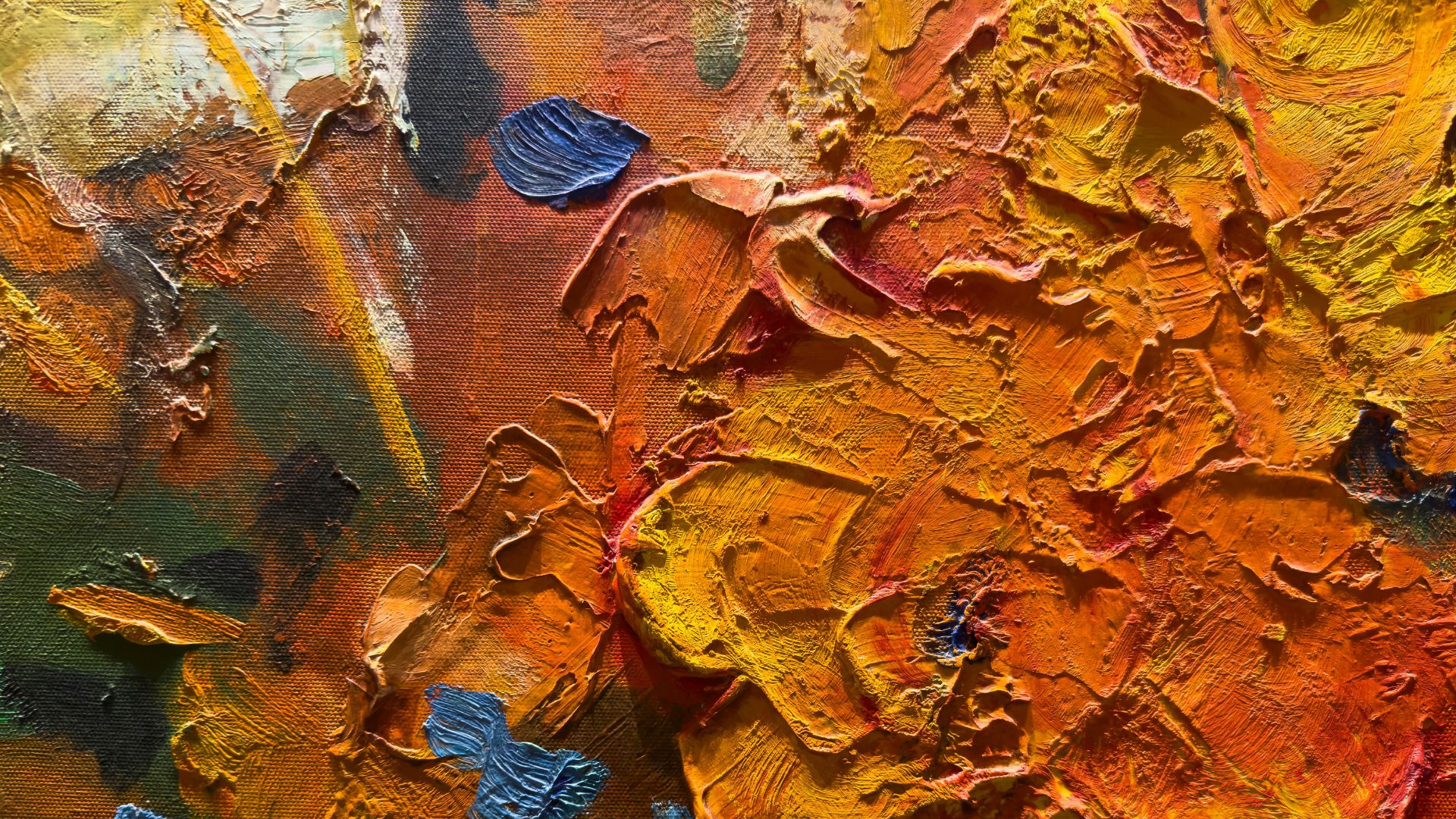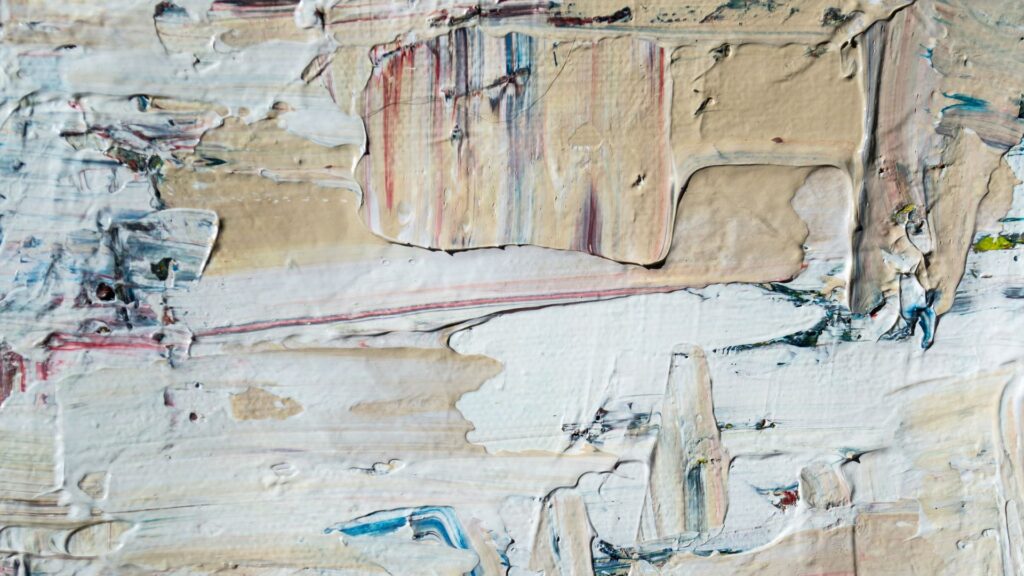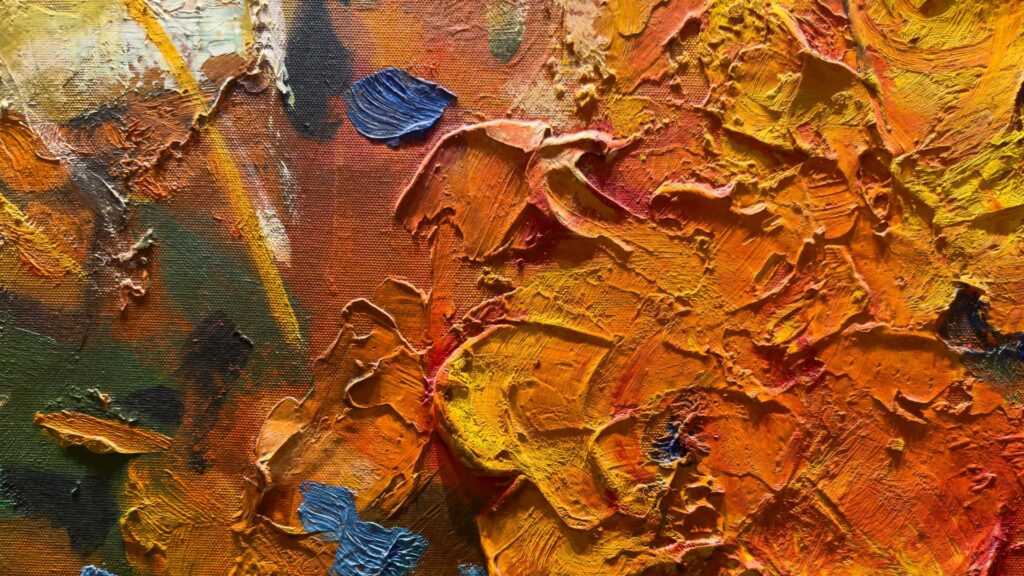
The importance of underpainting in acrylic and oil art
Underpainting might not be the most glamorous part of the painting process, but it’s undoubtedly one of the most important. Whether you’re working with acrylics or oils, the underpainting serves as a foundational step that helps guide the rest of your painting. It’s the base layer that sets the tone, structure, and values for the entire piece. While it may not always be visible in the final work, its role in shaping the overall composition cannot be overstated.
In this article, we’ll explore what underpainting is, how it’s used in both acrylic and oil painting, and why it’s a crucial step for artists to incorporate into their process:
- What is underpainting?
- Underpainting with acrylics
- Underpainting with oils
- Underpainting is the critical step for acrylics and oil paints

What is underpainting?
Underpainting is the first layer of paint applied to a canvas or other surface. It serves as a kind of roadmap for the rest of the painting, establishing the basic structure, values, and tonal contrasts. Essentially, it’s a monochromatic version of the painting that helps the artist map out the composition, lighting, and shading before applying colour. The primary purpose of underpainting is to create a solid foundation that will guide the development of the piece, allowing the artist to focus on more intricate details in later layers.
Underpainting is typically done using a thin, diluted paint, often in a neutral colour, such as a burnt umber, grey, or even black and white (known as grisaille in traditional oil painting). This monochromatic approach simplifies the process, helping the artist focus on the relationship between light and dark, and ensuring that the tonal balance is right before adding more complex colour layers. Whether you’re working with acrylics or oils, underpainting can greatly enhance the depth, richness, and cohesion of the final piece.
Underpainting with acrylics
Acrylic paints have a few unique advantages when it comes to underpainting. The most obvious one is their quick drying time. While oil paints can take days or weeks to dry, acrylics typically dry to the touch within 15-30 minutes. This can be a huge benefit for artists who want to work quickly, especially during the underpainting stage, as it allows them to build up layers faster and start adding the next steps of the painting without long delays.
One common technique for underpainting with acrylics is to use a thin wash of a neutral colour, such as burnt sienna or raw umber. This allows the artist to lay down the basic shapes and tones of the composition without worrying about colours blending or mixing. Since acrylics dry so quickly, they’re perfect for layering and refining the underpainting in multiple stages. Artists can work in thin layers, gradually building up the tonal structure of the painting, and then move on to adding colour once they’re happy with the foundation.
Acrylic underpainting also allows for more flexibility in terms of texture. Artists can control the opacity of their layers by either thinning the paint with water or using acrylic mediums. This gives them the freedom to work with a variety of effects, from transparent glazes to more solid, opaque underpainting. Additionally, because acrylics are water-based, the clean-up process is quick and easy, making the underpainting stage relatively hassle-free.
However, one potential challenge when using acrylics for underpainting is their fast drying time. While this can be an advantage for some, it can make blending more difficult, especially when working on smooth transitions between light and dark areas. To combat this, some artists use slow-drying acrylic mediums to extend the working time, giving them more time to blend and adjust the underpainting before it sets.

Underpainting with oils
Oil paints have a long-standing tradition in portraiture, still life, and landscape painting, and the use of underpainting is an essential part of many classical oil painting techniques. The slow drying time of oils allows artists to take their time when creating the underpainting, giving them ample opportunity to blend, adjust, and refine their composition.
When using oils for underpainting, the technique typically involves applying a thin layer of paint to the canvas to establish the basic structure, values, and tonal range of the artwork. Unlike acrylics, oils stay wet for much longer, allowing the artist to blend seamlessly and create smooth transitions between light and dark areas. This is particularly useful when working on portraits or figures, where subtle gradations of tone are essential for capturing realism.
A traditional method of oil underpainting is called “grisaille,” where the artist creates a monochromatic underpainting using shades of grey or a single neutral colour, such as burnt umber. This allows the artist to focus purely on the values and tonal relationships before introducing colour into the painting. Grisaille underpainting can be especially effective for portraits, as it allows the artist to refine the structure of the face and adjust lighting without worrying about the complexity of colour.
Another advantage of oil underpainting is the ability to build up layers slowly. Since oils take so long to dry, the artist can continually work on the underpainting, refining the tones and values until they are satisfied. The slow drying process also allows for more precise adjustments, making it easier to correct mistakes or adjust areas of the painting as the piece evolves.
The only downside to oil underpainting is that it requires more time, patience, and specialised materials. Oils need to be cleaned with solvents like turpentine, which can be a hassle and require proper ventilation. Additionally, the drying time can slow down the overall painting process, so artists may need to wait before moving on to the next stage.
“All painters should consider underpainting in oil and acrylic as a tool they can choose to use to their own extent.” – Louise Reynolds
Underpainting is the critical step for acrylics and oil paints
Underpainting, whether done with acrylics or oils, is a critical step in the painting process that can significantly improve the quality and cohesion of your artwork. It serves as the foundation upon which the rest of your painting will be built, establishing values, tones, and structure before adding more complex layers of colour. With acrylics, the quick drying time allows for fast layering and flexibility, while oils offer more time for blending and refinement, resulting in a deeper, more detailed underpainting.
Let’s recap:
- Underpainting is the initial monochromatic layer of paint that establishes values, tone, and structure for the painting.
- Acrylics offer quick drying, allowing for fast layering and flexible texture effects. However, their rapid drying can make blending challenging unless slow-drying mediums are used.
- Oils allow for more time to blend and refine tonal transitions due to their slow drying time, making them ideal for detailed, realistic underpainting.
- Both mediums benefit from underpainting by providing a solid foundation for further layers, helping to establish depth, balance, and tonal relationships in the artwork.
- Underpainting is crucial in both acrylic and oil painting, as it ensures the final piece is well-structured, balanced, and cohesive. It’s a step that should not be skipped in the painting process.
No matter which medium you prefer, underpainting is an invaluable technique that helps ensure your final piece is visually balanced, harmonious, and full of depth. By taking the time to establish a solid foundation early on, you’ll set yourself up for success in the later stages of your artwork. So, next time you start a painting, don’t skip the underpainting—it’s the key to a truly dynamic and professional-looking piece.